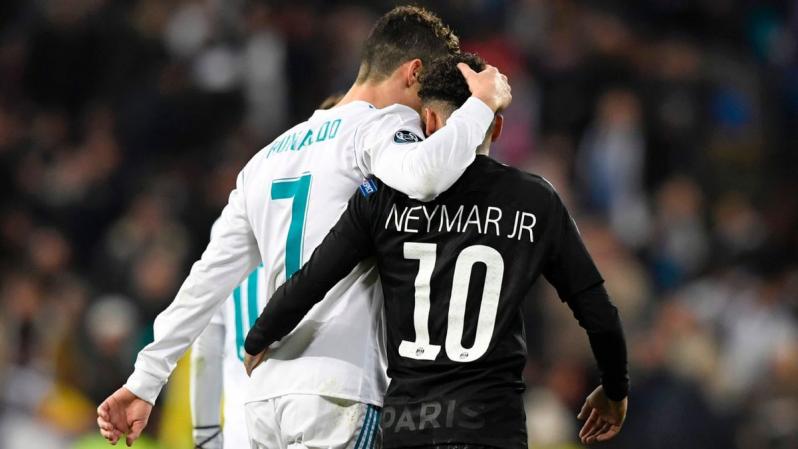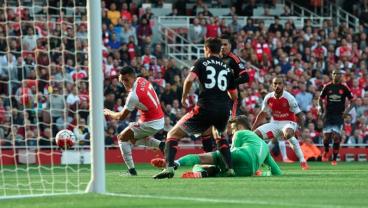Do you think that a footballer’s birthday is important? Guess what, it is! The calendar month and year that a soccer player is born in may have a lot to do with whether or not they become a star someday. Here’s what developmental child psychologists have pieced together for us soccer-fact-crazed fanatics.
So, early educators and trainers group their players and students by their chronological age in order to ensure equal opportunities for kids to succeed. As we know, age-related cut-off dates are put into place to determine the age-range of our chidren’s sports teams or their classrooms. The idea here is to cordon-off groups of adolescents based on similar physical and mental development, and to keep them grouped together.
The major problem with this approach, however, is that research has found that adolescents develop at their own individual rates, which is constantly in flux. Adolescent’s development is expanding at a much faster speed than during any other time of their life, and in terms of a soccer player, just a year of playing can provide him or her with a deeper understanding of the game.
A result of these cut-off periods is a phenomenon known as “the relative age effect”. The relative age effect demonstrates the superior physical, behavioral and cognitive advantage children that are born closer to a critical cut-off age period tend to be at versus the kids who are born further away from that cut-off period.
Focusing on youth soccer in the U.S., the cut-off for the soccer year corresponds to the academic year, so a child’s soccer age is based on how old they are on July 31st. Kids born on August 1st and the months directly following will have a whole year of maturation advantage compared to children who were born in the months immediately preceding July.
So, get this, many countries outside of the U.S. have their critical-cut off periods on January 1st, and many professional footballers actually have birthdays that are coincidentally very close to this date. Carlos Tevez, Adnan Januzaj, Cristiano Ronaldo and Neymar all share a February 5th birthday!

Birthday boys! Photo: @e_psgnet | Twitter
These players aren’t the only ones who have a birthday close to cut-off periods. In 1992, a study was conducted by researches who were interested in investigating relative age effect in relation to soccer.
The research examined players who participated in the past ten years of male FIFA U-17 World Cup teams and FIFA U-17 Women's World Cup teams, and those players born in the first months (or quarters depending on cut-off periods) of the year were over-represented, while those born in the last months of the same year were under-represented. In other words, if you are a talented young soccer prodigy, you might have a better chance playing in the World Cup if you were born at the right time!
The hope is to scrap this model and move away to groupings based on the relative age effect. More awareness of the relative age effect is occurring. For example, it has been proposed that an alternative way of grouping children for team competition is to group them in terms of height and weight rather than by age.
Another suggestion is to group children that are a few years apart during a try out period and assign numbers on their jerseys according to their relative age so that coaches are aware of the personal characteristics of each player, ultimately having an easier time placing them at their appropriate skill level.
Perhaps the future will disregard age altogher and focus only their technical and tactical abilities in order to determine skill levels. But for now, look at those cut off dates. If nothing changes and the relative age effect remains the norm, a child’s age may help determine if someday he will be playing on a club featured here at The.18.com.






